Tokina SZ SUPER TELE 500mm F8 Reflex MF Lens Review
All photos of this review were captured by Christophe Anagnostopoulos.
Graphs and Charts were provided from Tokina Global (www.tokinalens.com)
January 20, 2023 -> Full Review was published.
***Reading Time: 26 minutes***
Intro
Back in August 2020, I reviewed the first product of the Tokina SZ Series, the 400mm Reflex lens (you can read my detailed review here).
That lens was a smart move from Tokina, as it offered a telephoto prime lens with a high focal length to photographers, without breaking the bank with its affordable retail price, and also in a small , compact form that it could easily fit in any camera bag.
Tokina further expands the SZ line with new telephoto lenses and in this review I will share my experiences on using the Tokina SZ SUPER TELE 500mm F8 Reflex MF.
In case you are not familiar with Reflex lenses, please take read my review on the previous lens, as there is a dedicated section explaining the design concept of these type of lenses (read here).
Build Quality & Design
The Tokina SZ SUPER TELE 500mm F8 Reflex MF lens has a simple modern exterior design following all the Tokina guidelines and standards.
The lens features a high quality plastic housing with a subtle matte black finish, and it is made in Japan with high quality standards.
The build quality is very good and despite the plastic materials of the construction the lens feels solid in hands.
None the less, I would be careful to avoid any light accidental hits just in case, as of course I always do with every lens (and camera gear in general).
Unfortunately the construction of the lens does not provide weather sealing, but I tested it outside on a light rain and I didn’t had any issues.
While the lens build quality is very good, I cannot say the same about the white markings on the lens barrel which are not engraved, thus being prone to scratches.
My lens have never dropped or was hit and it is always kept closed on my lens storage cabinet when not used, away from sunlight and humidity.
Still some of the markings on the lens barrel have been erased accidentally, I suppose while the lens was being carried on my camera bag.
Size
The lack of many glass elements along with the plastic construction doesn’t make it feel front-heavy in any camera body, despite if it is an APS-C or FX one.
With a weight of 310gr (without caps and lens hood attached) and a size of 74x89mm, you can have it always on your camera bag without even noticing it. The lens has a very small size (check comparison image with Tokina FiRIN 20mm AF and Tokina atx-m 33mm F1.4 X) and it fits nicely no matter what is camera it is used.
Mount
The mount and the mount adapter are made of metal, and unfortunately they don’t have any dust protective rubber ring to prevent dust penetration, a very common problem to all mirrorless cameras, but due to catadioptric construction its not so easy to get dust inside the lens.
However, keep in mind that in case any dust sits into the front or rear elements, it will be captured as a doughnut/ring-like dot on the photos (check image below). Keeping the lens front and rear parts clean is highly advised.
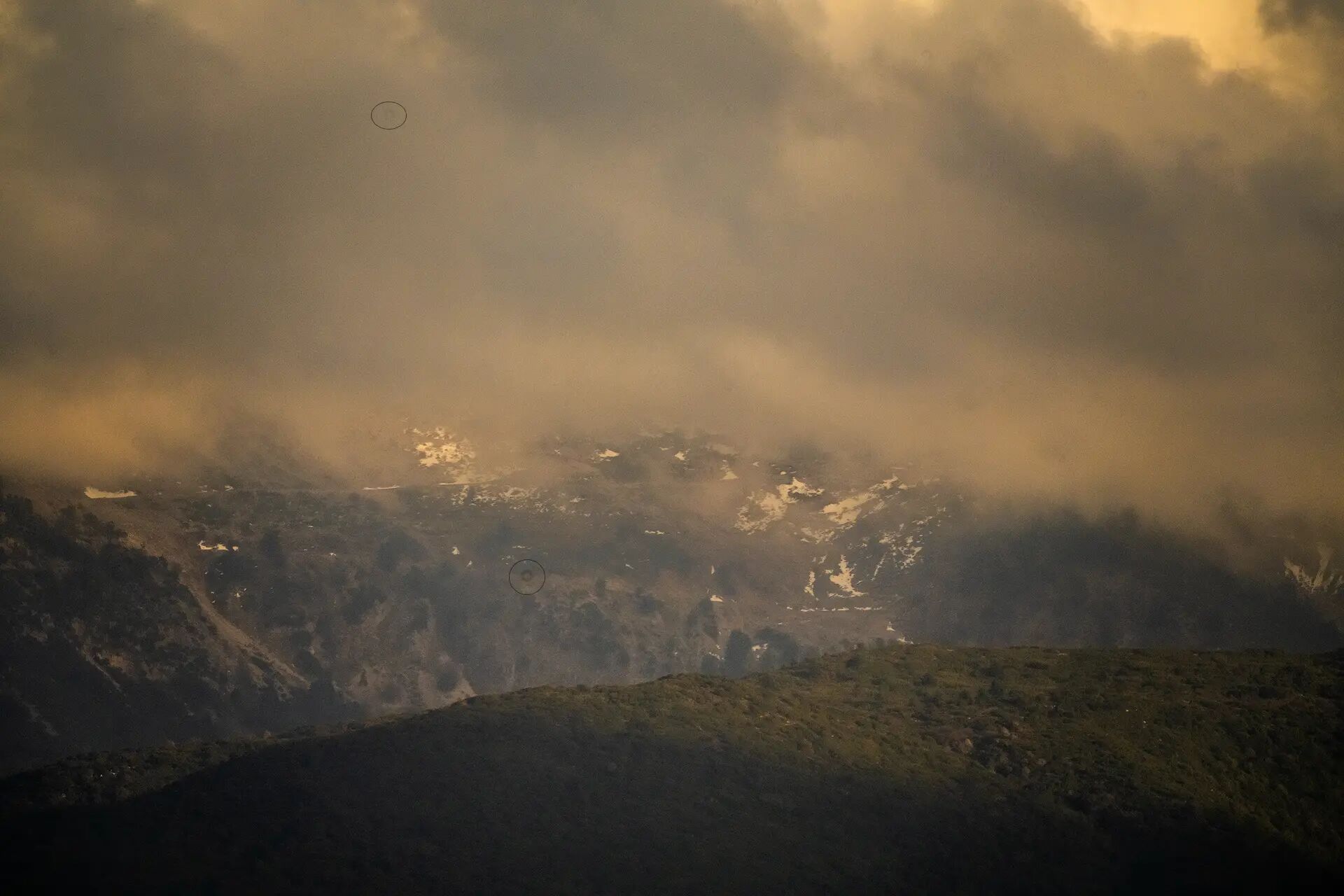
Of course, as this is a Manual Focus lens, in the mount there aren’t any electronic contacts to provide full communication with the camera body, so all camera features like Autofocus, Electronic Aperture Change, EXIF Data and In-Camera Corrections will not work or applied.
Thankfully, the very useful due to the high focal length In-Body Image Stabilization (IBIS) will work, in case the selected camera model has this feature.
Lastly, the lens serial number can be found on the bottom of the lens, and it is also not engraved.

Focus Ring
The focus ring has a very good size, covering around 90% (!) of the overall lens barrel. Basically, the whole lens barrel is a giant focusing ring!
It has a very good solid grip and it feels very smooth when focusing, offering a relatively good level of resistance to the user.
Personally, I would like the focusing ring to be a little stiffer, as many times if I accidentally slightly touched the lens barrel or rotate the CPL filter in front, I still had to re-focus even though I have acquired the right focusing point before.
A distance scale can be found on the bottom side, covering a wide range of distances, from the minimum focusing distance of 1.87m to infinity.
As already mentioned before, the white markings are not engraved and thus, they are prone to being scratched away.
A small note, the lens slightly extrudes itself when focusing close to minimum focusing distance, as also rotates.
Lens Hood
The included MH-721 lens hood is made of metal and it has a black matte finish, and compared to the lens overall size it is rather big, almost doubling the size of the lens when attached.
The lens hood can prevent unwanted artifacts from incoming light, and also it can protect the front of the lens from unwanted hits or scratches.
Filters
The filter thread in the front takes regular screw-on filters of 72mm size.
Please note that the front part of the lens doesn’t stay stable as the focusing ring is rotated, which means in case you use a CPL filter, you have to re-adjust the polarizing effect.
One thing that I don’t like with the design is that the lens hood is attached directly to the filter thread, so if you use a CPL* is rather impossible to use a lens hood.
*A Circular Polarizer (CPL) filter is possibly a must-have-and-use filter in order to increase overall image contrast (in general the catadioptric design produces low image contrast) and colors.

One the other hand, if you plan to leave the lens hood attached permanently, it is ideal to use a UV or Protector filter that will keep the lens front element clean from any dust.
Personally I use the new Kenko ZXII Protector filter which makes an excellent job on protecting the lens from any dust.
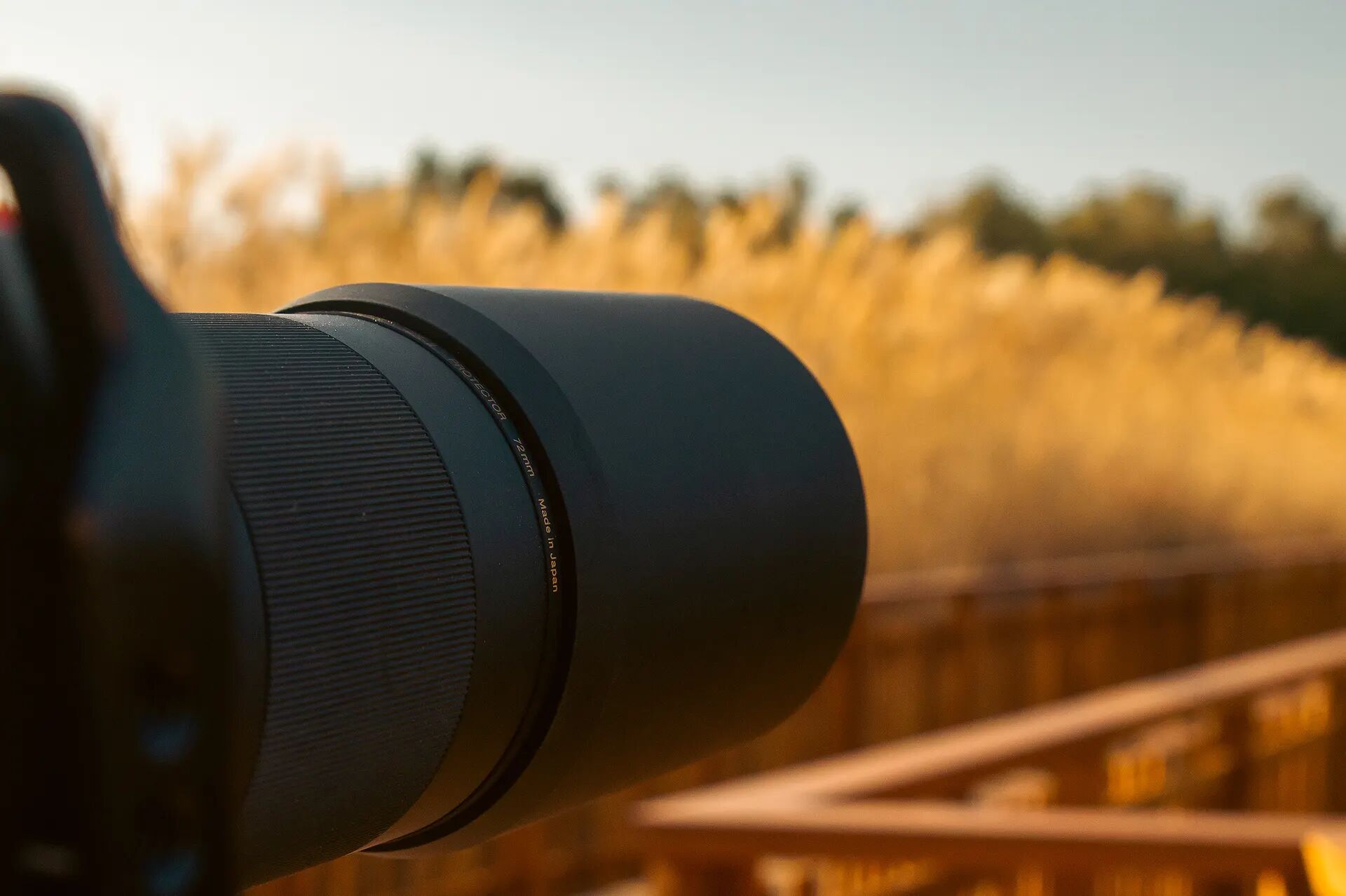
*Testing Notes*
The following cameras were used for the samples and tests of this review:
- Fujifilm X-H2s
- Nikon Z7ii
For BTS stills, a Sony A5000 with Tokina atx-m 23mm F1.4 E lens was used.
Other Tools used:
i) Nitecore BlowerBaby – for cleaning the camera sensor and the lens before tests,
ii) Slik VariCF-704 Tripod – for stable outdoor shots,
iii) Kenko PRO1D+ Instant Action Close-Up Filters – for backstage shots,
iv) Tokina SZ Super Tele Finder Lens – for better aiming fast-moving targets (birds, etc).
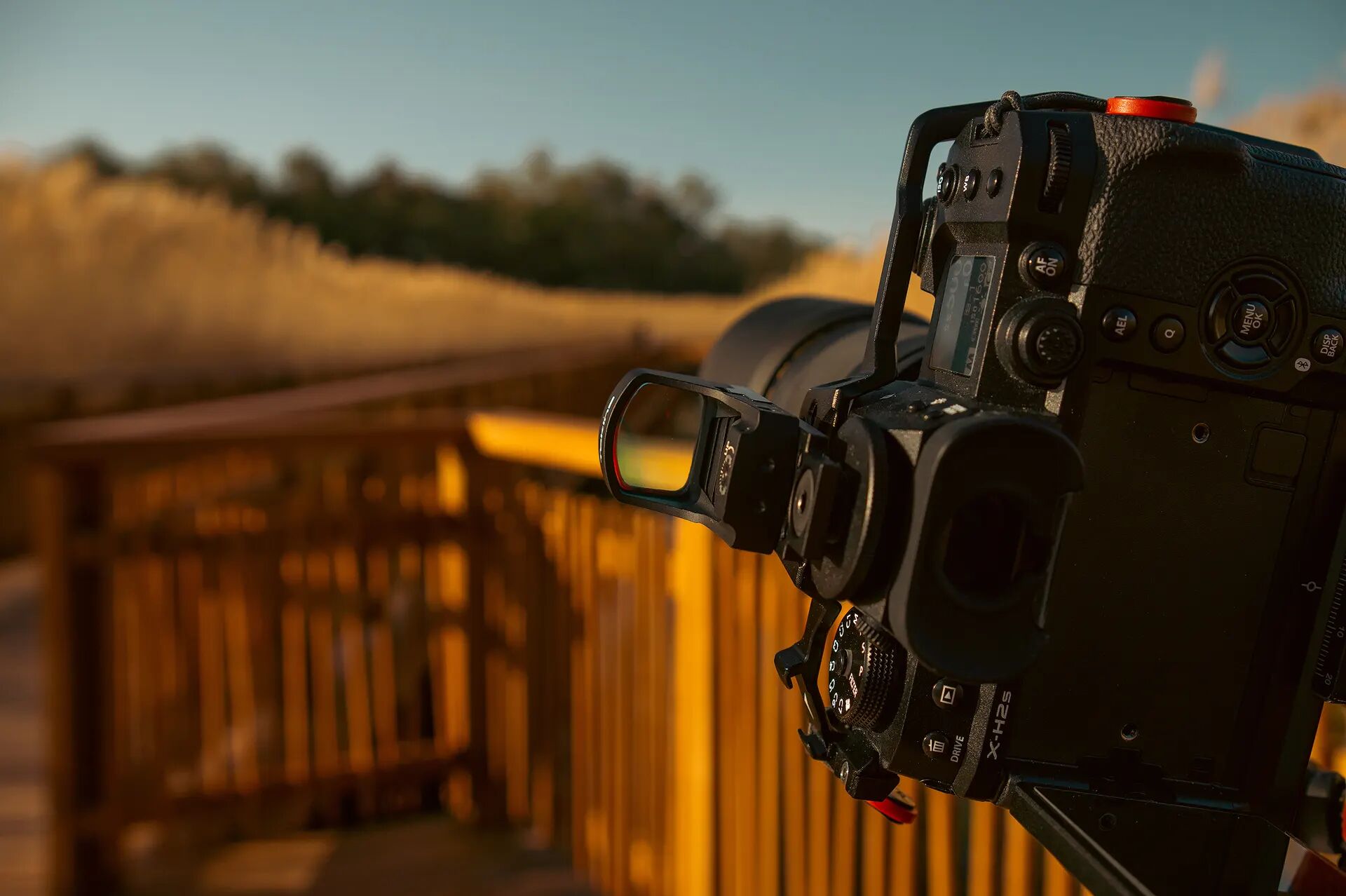
*Disclaimer*
I’m a Global Ambassador of Tokina since 2017, however this is not a paid post, and I’m only expressing my personal thoughts and experiences using the Tokina SZ 50mm F8 REFLEX lens.
Technical Specifications
- Brand: Tokina
- Model: SZ SUPER TELE 500mm F9 Reflex MF
- Mount Type: Canon EF, Canon EF-M, Fujifilm X
Micro 4/3, Nikon F, Nikon Z, Sony E, T-Mount - Compatible Format(s): FX, APS-C
- Focal Length: 500mm (equivalent in APS-C: 750mm)
- Maximum Aperture: f/8
- Minimum Aperture: f/8
- Angle of View (FX-format): 4°8′
- Elements: 7
- Groups: 7
- Filter Size: 72mm
- Image Stabilization : N/A
- Autofocus: N/A
- Focus Mode: Manual Focus Only
- Macro ratio: 1:2.86
- Minimum Focus Distance: 1.7m
- Overall Length: 89mm
- Diameter: 74mm
- Weight (Approx.): 310 g
- Hood: Round Bayonet type MH-721 (included)
- Country of Origin: Japan
Minimum Focusing Distance
The minimum focusing distance of this lens is 1.7m and along with the tight field of view of 4°8′ (by frame diagonal), gives a magnification 1:2.86 meaning that this lens can be used as a “macro” lens as well, helping the photographer to avoid shadows while shooting close up images.
Optical Performance
Sharpness
The catadioptric optical design in general produces medium overall contrast and relatively lower image sharpness compared to a normal optical design lens.
Based on my tests with the Tokina SZ SUPER TELE 500mm F8 Reflex MF lens, I can say that image sharpness is indeed lower from today’s standards, but for sure 100% usable, especially if you only plan to post the produced photos on social media.
Another factor that plays a big role in the overall image sharpness is atmospheric haze.
As the lens has a high focal length number, which when used on an APS-C camera is even higher (in my Fuji X-H2s it is 750mm), if the atmosphere is not clear (i.e. from humidity), the overall image sharpness will be lower due haze.
I would suggest that to get the best possible results, a sturdy tripod is necessary along with the Self Timer option of the camera, in order to minimize the chances of camera shake. In case of DSLR users, the Mirror-Up option is also advised.
Of course, this doesn’t mean that you cannot take some nice photos while shooting handheld. As mentioned before, with the help of IBIS, you can take some nice shots even handheld.
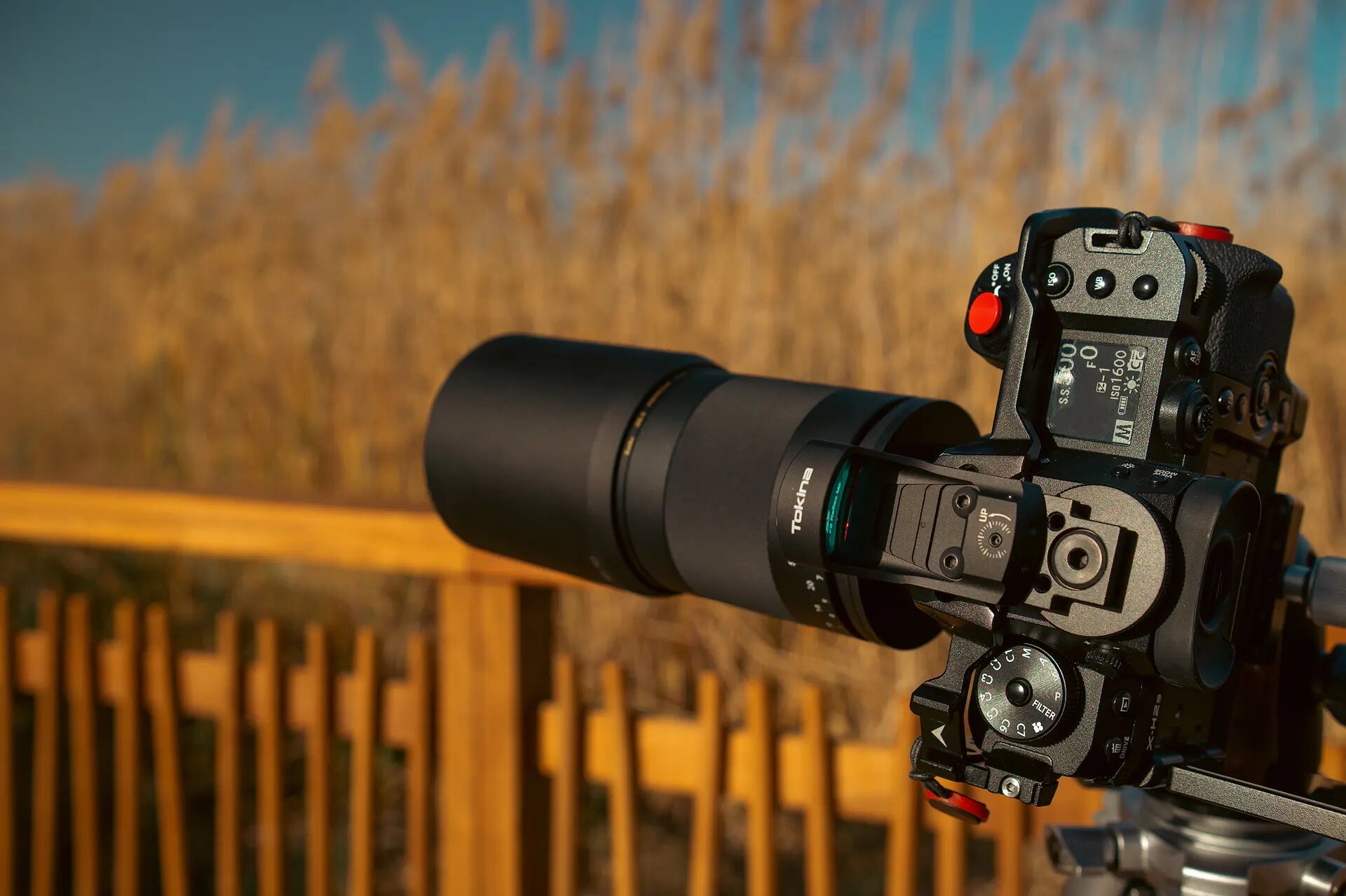
Bokeh
Reflex lenses are notorious for the Ring-like/Doughnut bokeh effect, which you will either like or dislike.
From my knowledge, for some people is totally distracting, while for others is something new and creative that can experiment with.
So, it’s up to you to decide if you like or not.
Other than that, the transition between in-focus and out of focus regions is very mild, easily creating a separation between your subject and the background.
Chromatic Aberration
As mentioned before, due to the catadioptric design chromatic aberrations are virtually not existent, thus meaning that you don’t have to worry about them.

Flaring & Ghosting
Thanks to Tokina’s Multi Coatings, any flaring issues are kept to a very good level with the SZ SUPER TELE 500mm F8 Reflex MF lens, especially when the lens hood is attached, as in my tests there weren’t any visible flaring issues.
However, keep in mind that on some occasions, and depending on the incoming light angle, some ghosting issues might occur.
Color Rendering
As color rendering is bound to contrast, and since the lens contrast levels are at best close to medium due to its catadioptric design, it will definitely require a little contrast and vibrance boost in post processing in order to get the proper colors.
That also depends on the light conditions and the exposure settings that will be used.
Again as mentioned before, a circular polarizer filter will increase both contrast and colors in produced image.

Vignetting
From my tests vignetting might be an issue that should definitely be kept in mind, but only when shooting with a full frame camera.
In almost all the tests that I made with my two cameras (one FX and on APS-C), vignetting could be easily seen on the full frame camera, while on the cropped sensor, it is not visible.
And also, due to the ring-like form, it is not so easy to be fixed in post processing.
Personal Thoughts
In all my reviews so far through this section I have shared my sincere thoughts about the product in review and I will continue to do so not only in this particular one, but in every review that I hope to write in the future.
Yes, this lens is not sharp by todays standards and of course it does not have an autofocus system to work with, but if it had it wouldn’t cost 399$.
It has its quirks, but it also produces good images.
So, where this lens is targeting and where is stands in the (global) market?
I would say that this lens is ideal for photographers that are new to wildlife photography and don’t want to break the bank to buy a high focal length telephoto lens.
This lens would provide some good results for them to later decide if this genre is for their likings or not.
It is also a very good option for travel photographers, who doesn’t want to carry a lot of gear with them on their trips, keeping their bag as light as possible.
On the other hand, this lens is not ideal for sport photography, as due to the manual focusing, it might be difficult to track and follow fast moving subjects.
But hey, with such a low retail price (for its focal length), it cannot compare to the giant AF telephoto lenses on any camera brand.
Personally as I’m not a wildlife photographer, I like to use this lens mostly on my APS-C cameras to get that extra reach (of 750mm), that on certain occasions is very helpful.
Conclusion
“A very affordable option in the long (500mm+) telephoto range, coming in a super small form that you can always carry it on your camera bag. Depending on the lighting conditions, it can be used for landscape, travel, nature and wildlife shots.
Despite its overall lower sharpness, it can still provide some good results.”

A Flock of Starlings fly away moments before sunset.
Ratings
| Build Quality: |  (7.0 / 10) (7.0 / 10) |
| Handling: |  (7.9 / 10) (7.9 / 10) |
| Size and Weight: |  (9.5 / 10) (9.5 / 10) |
| Optical Performance: |  (7.0 / 10) (7.0 / 10) |
| Manual Focus Accuracy: |  (7.9 / 10) (7.9 / 10) |
| Bokeh: |  (7.0 / 10) (7.0 / 10) |
| Features: |  (5.9 / 10) (5.9 / 10) |
| Versatility: |  (6.8 / 10) (6.8 / 10) |
| Price Tag: |  (8.9 / 10) (8.9 / 10) |
| Average: |  (7.5 / 10) (7.5 / 10) |
Did You Know?
Tokina SZ and SZ Pro Lineups offers a wide range of high focal length telephoto primes, from 300mm to 900mm?
Find out more here!

Want to get notified when a new review is published?
Consider subscribing to my Newsletter!

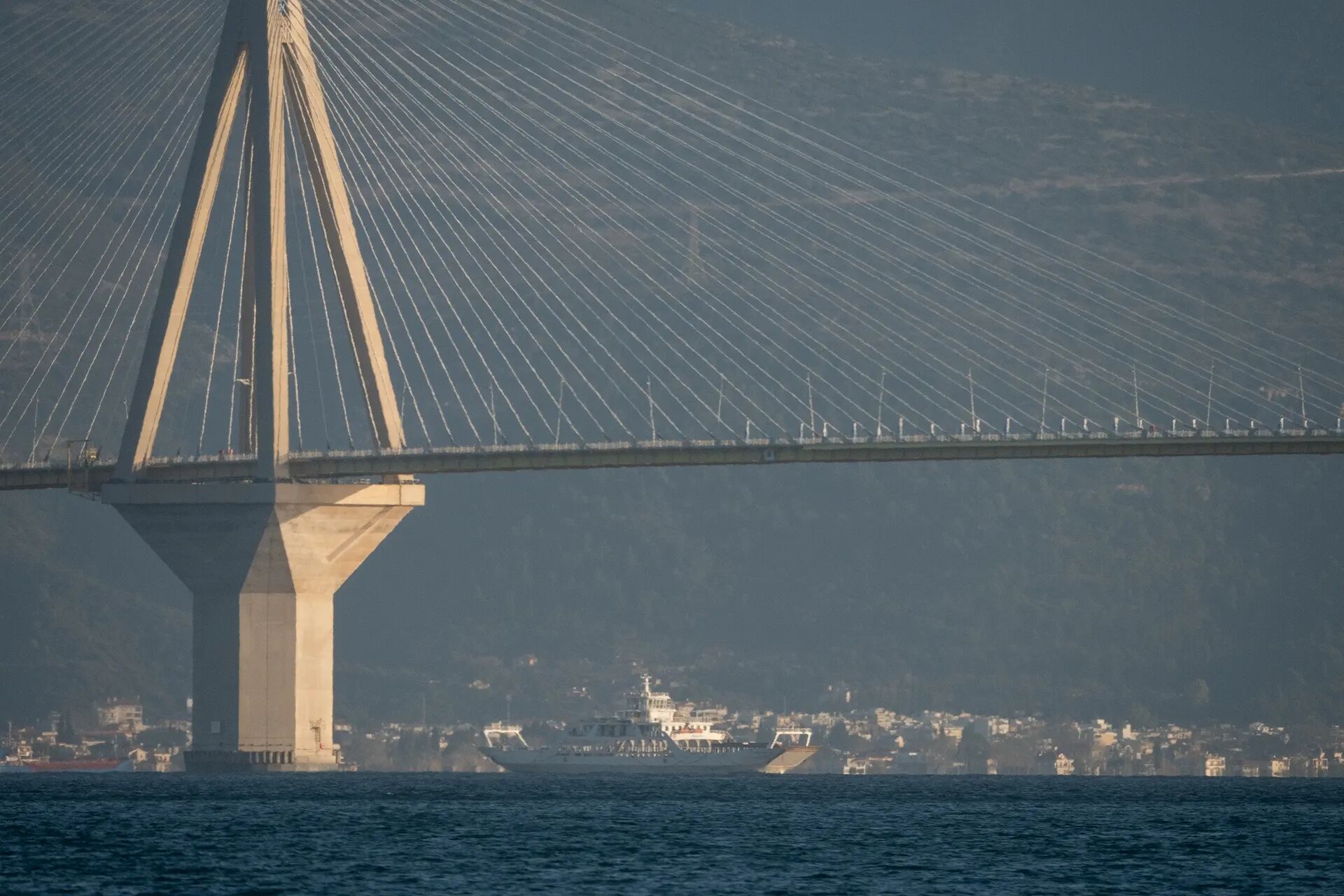
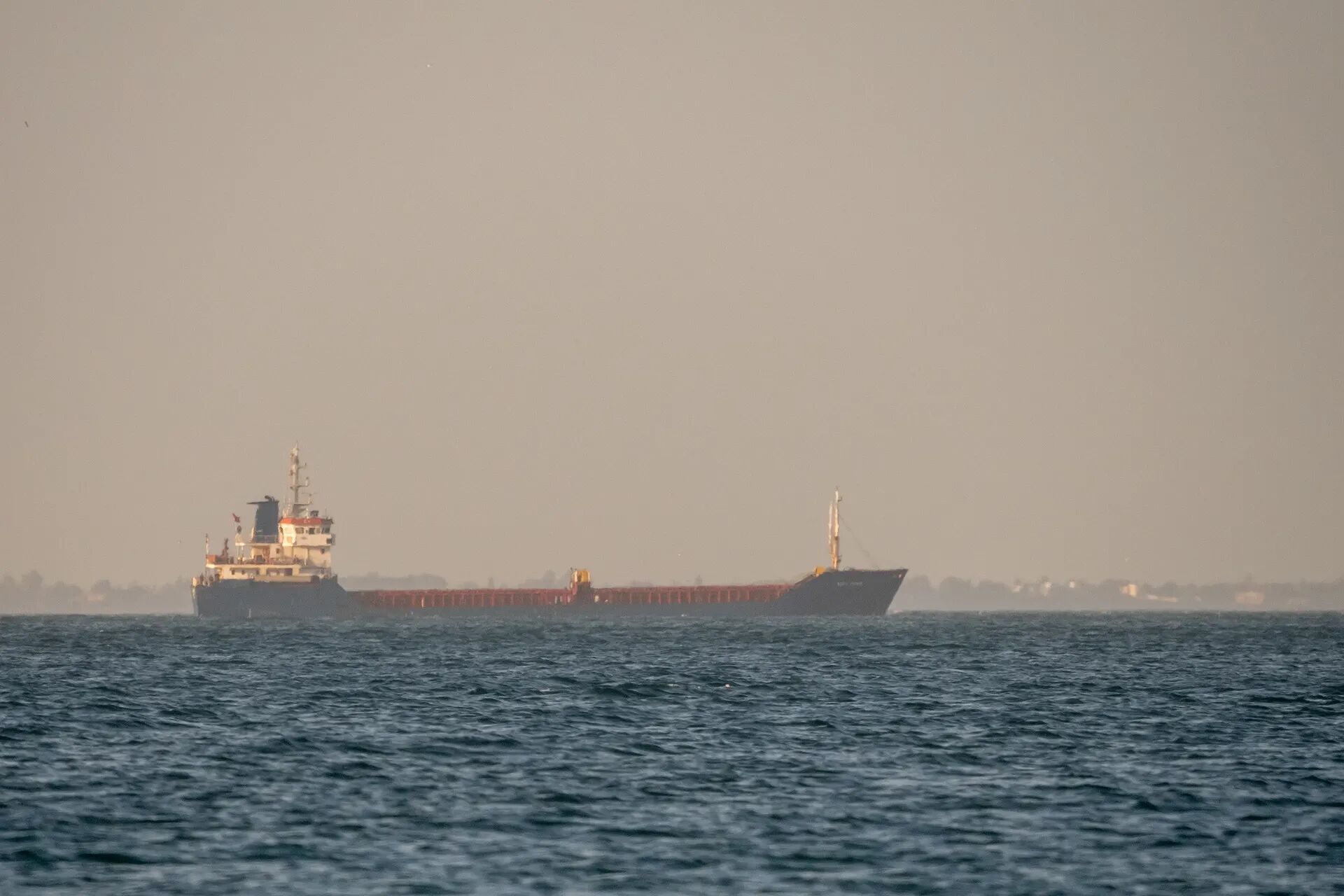

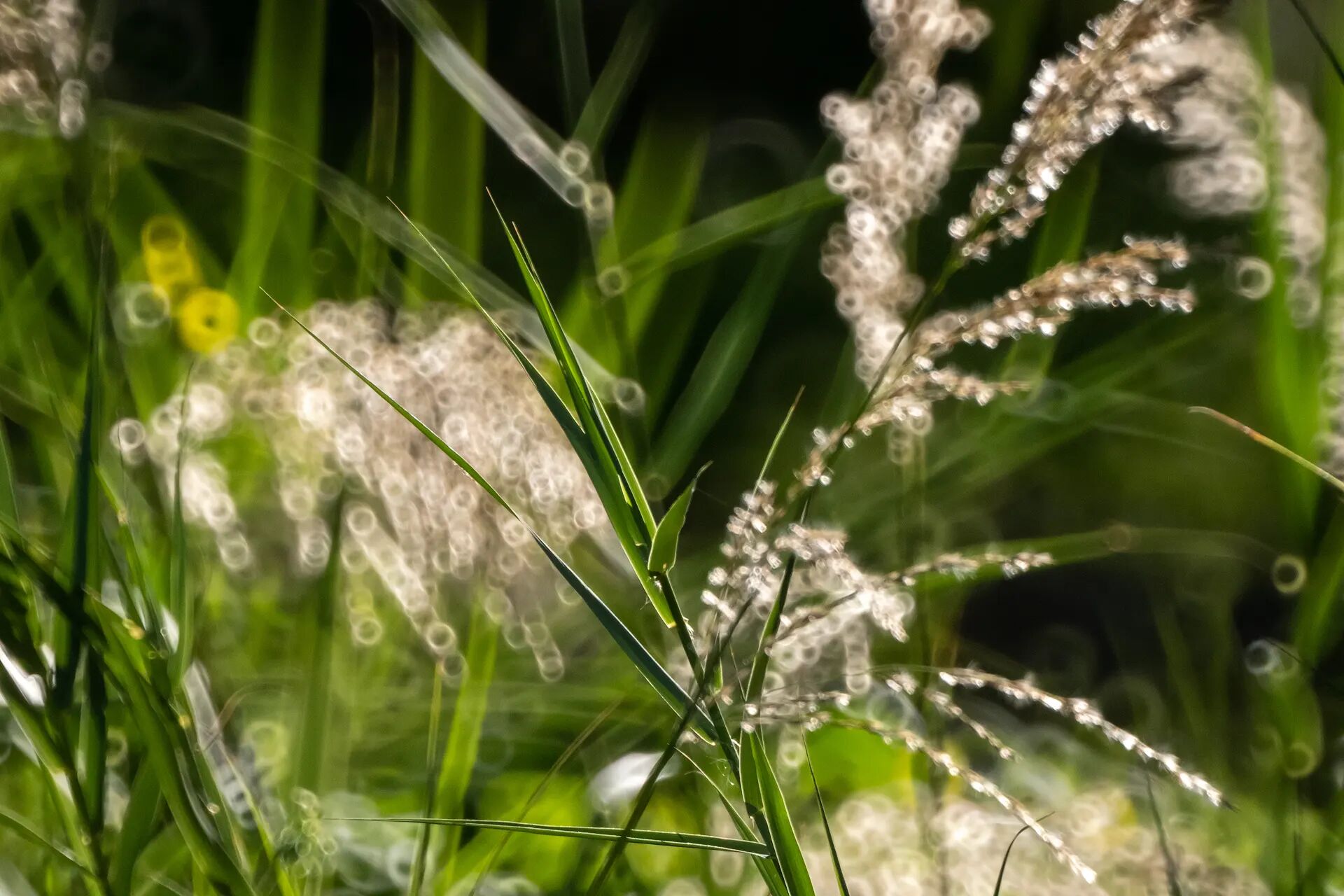







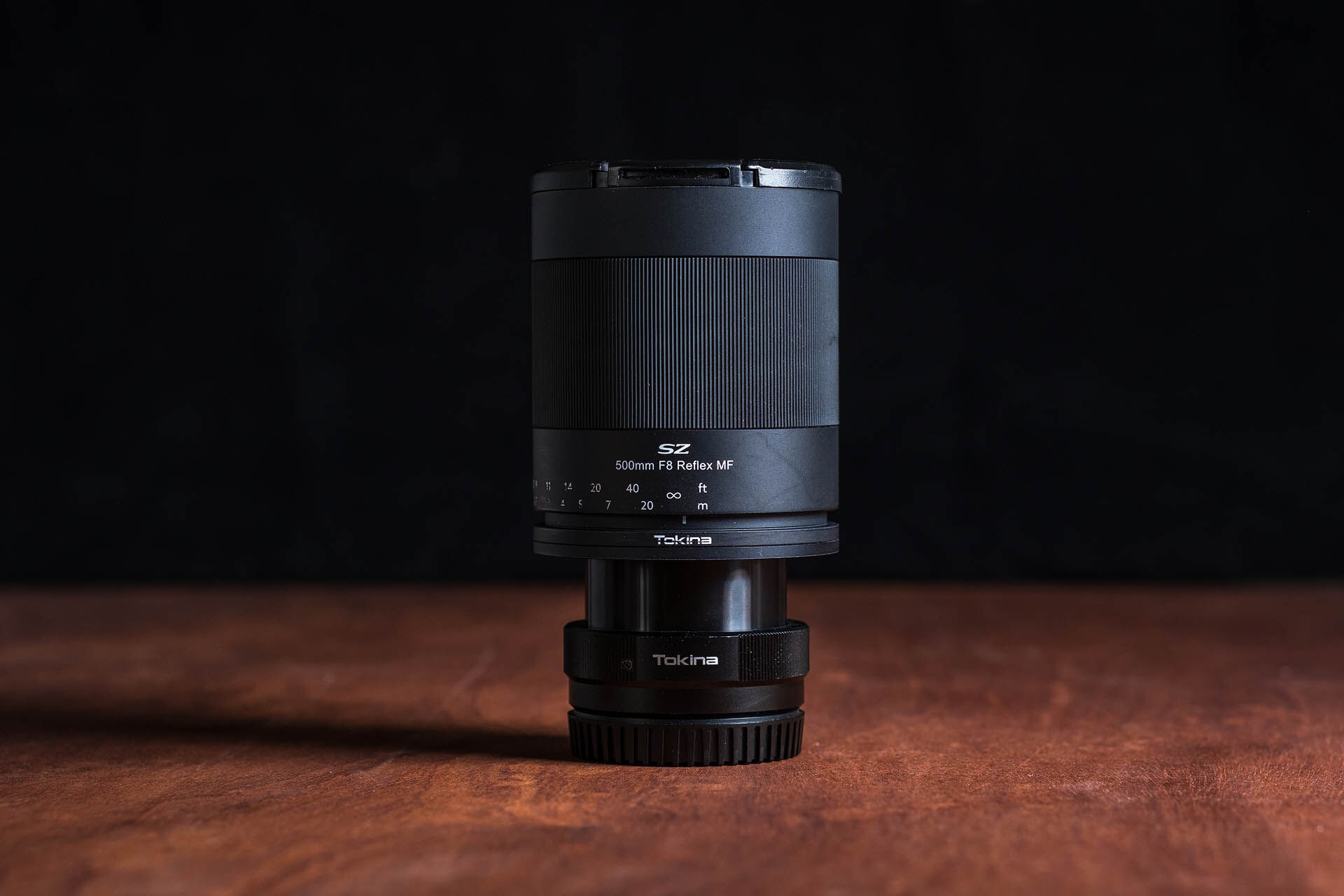
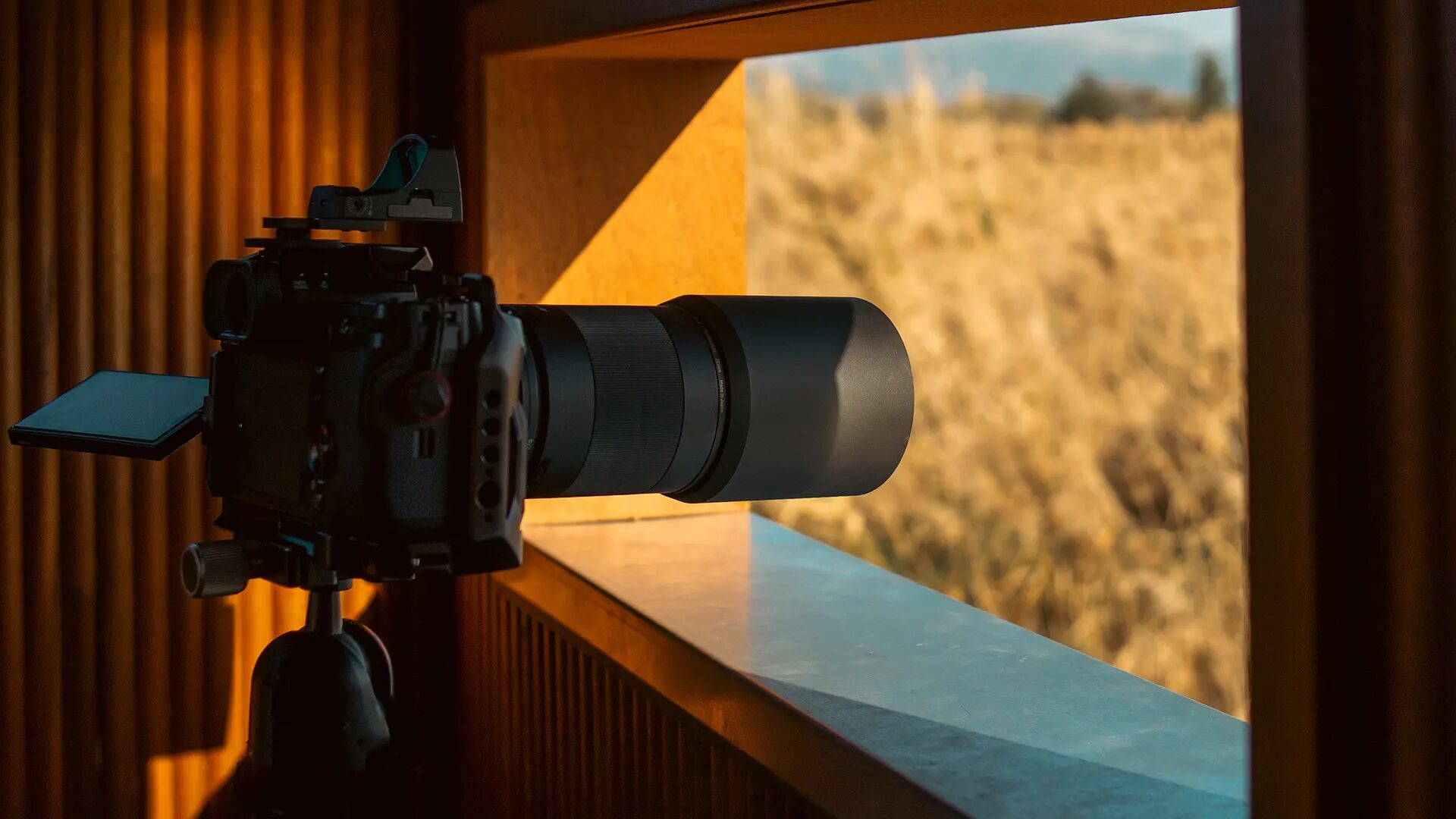


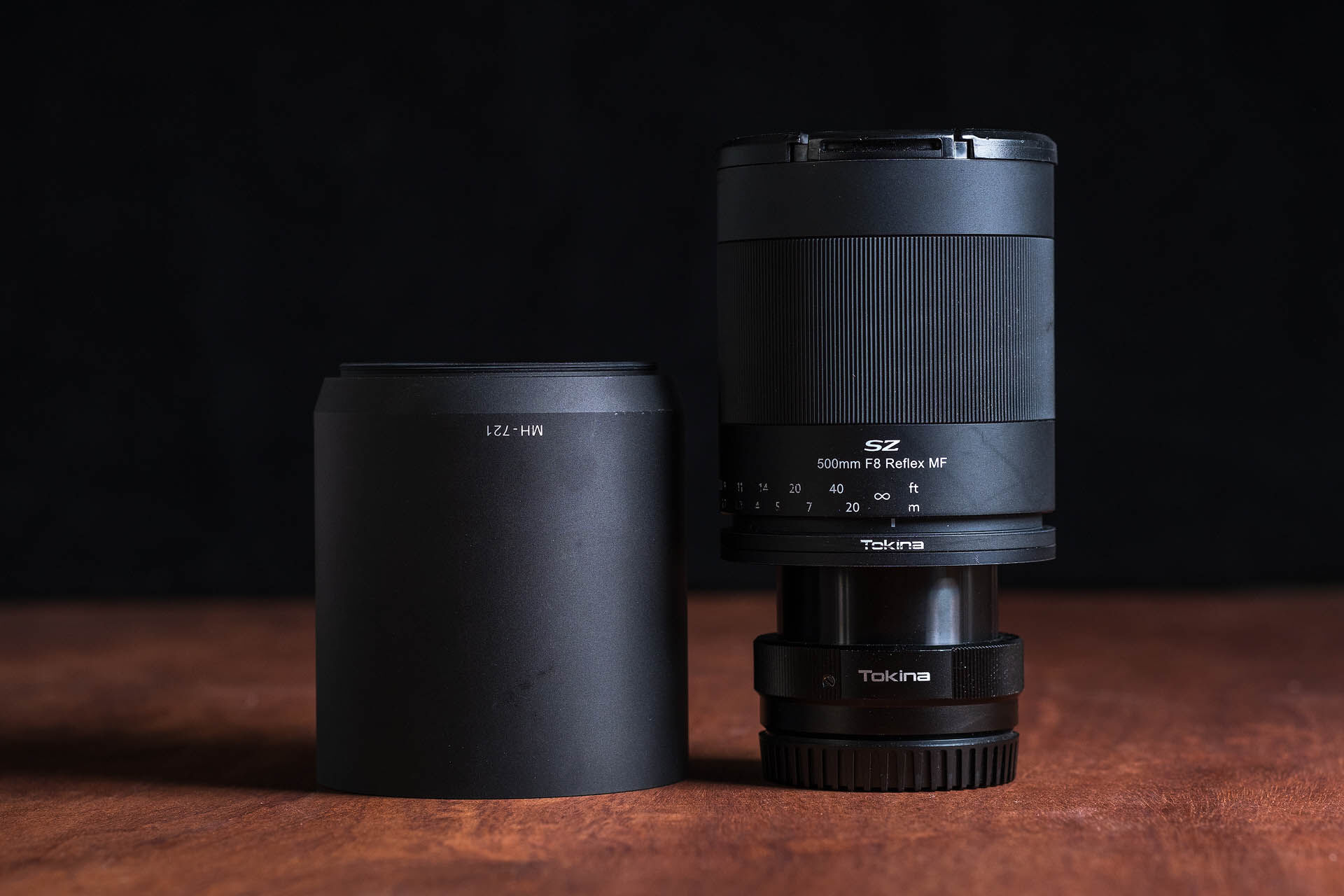





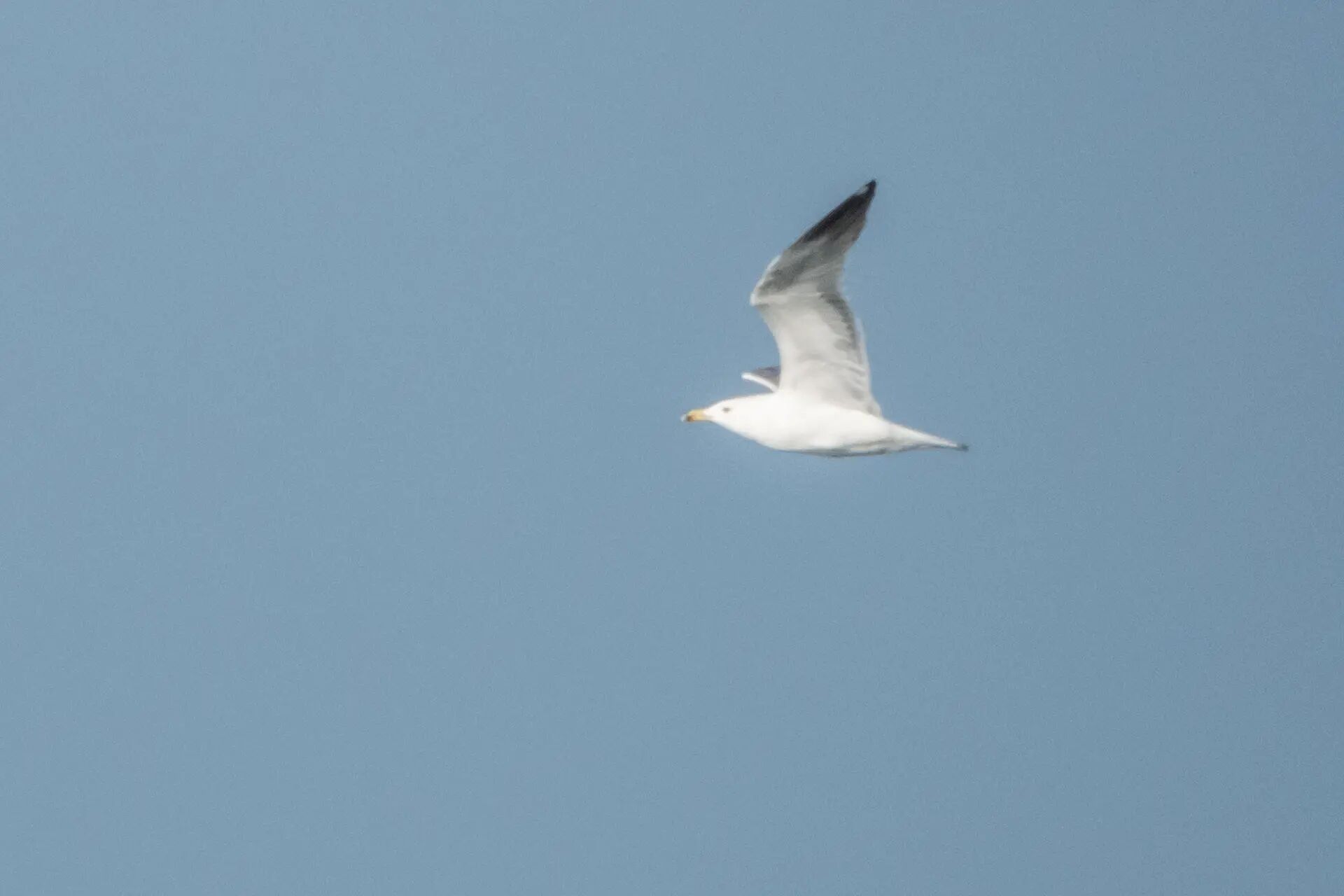


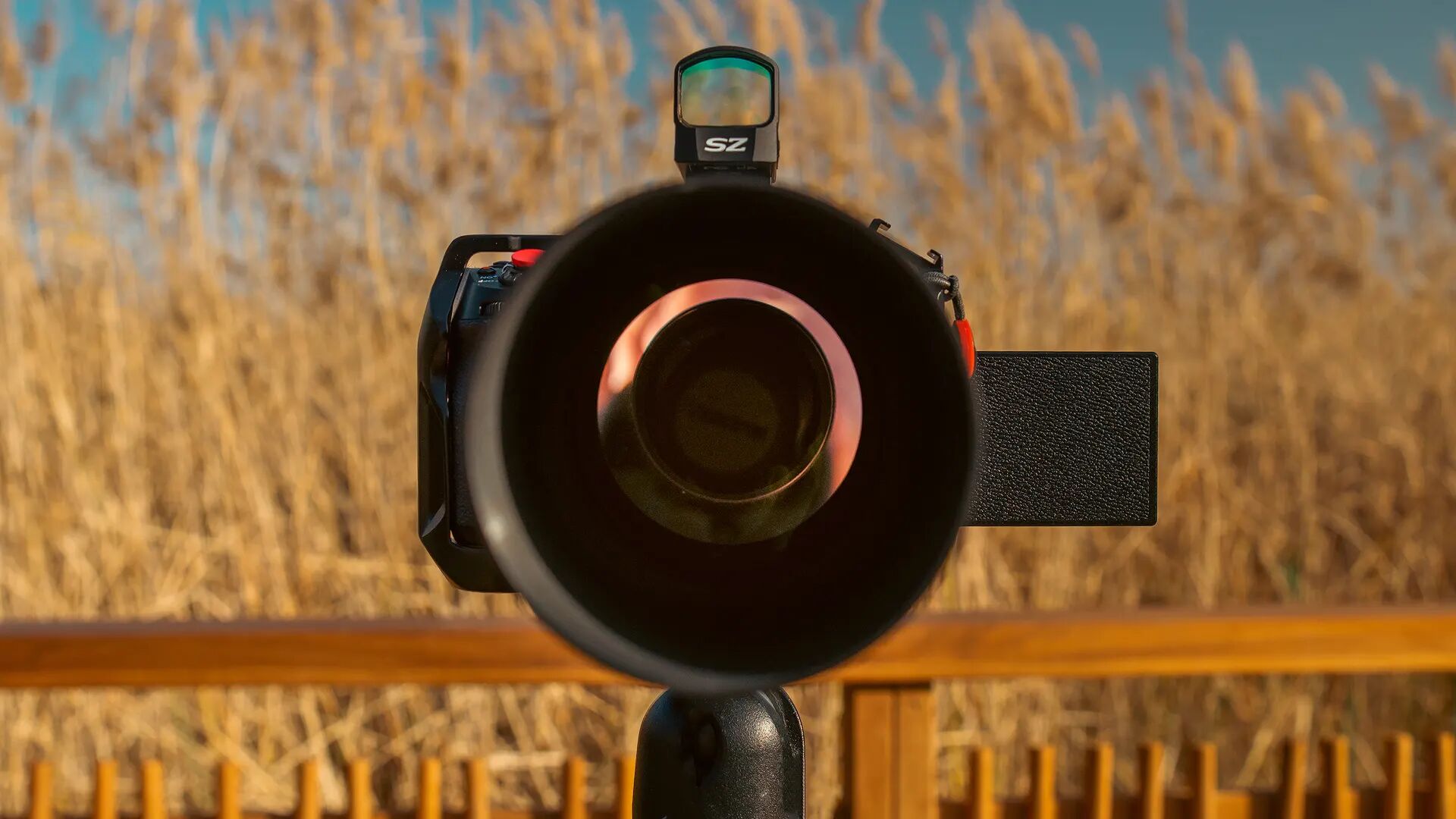
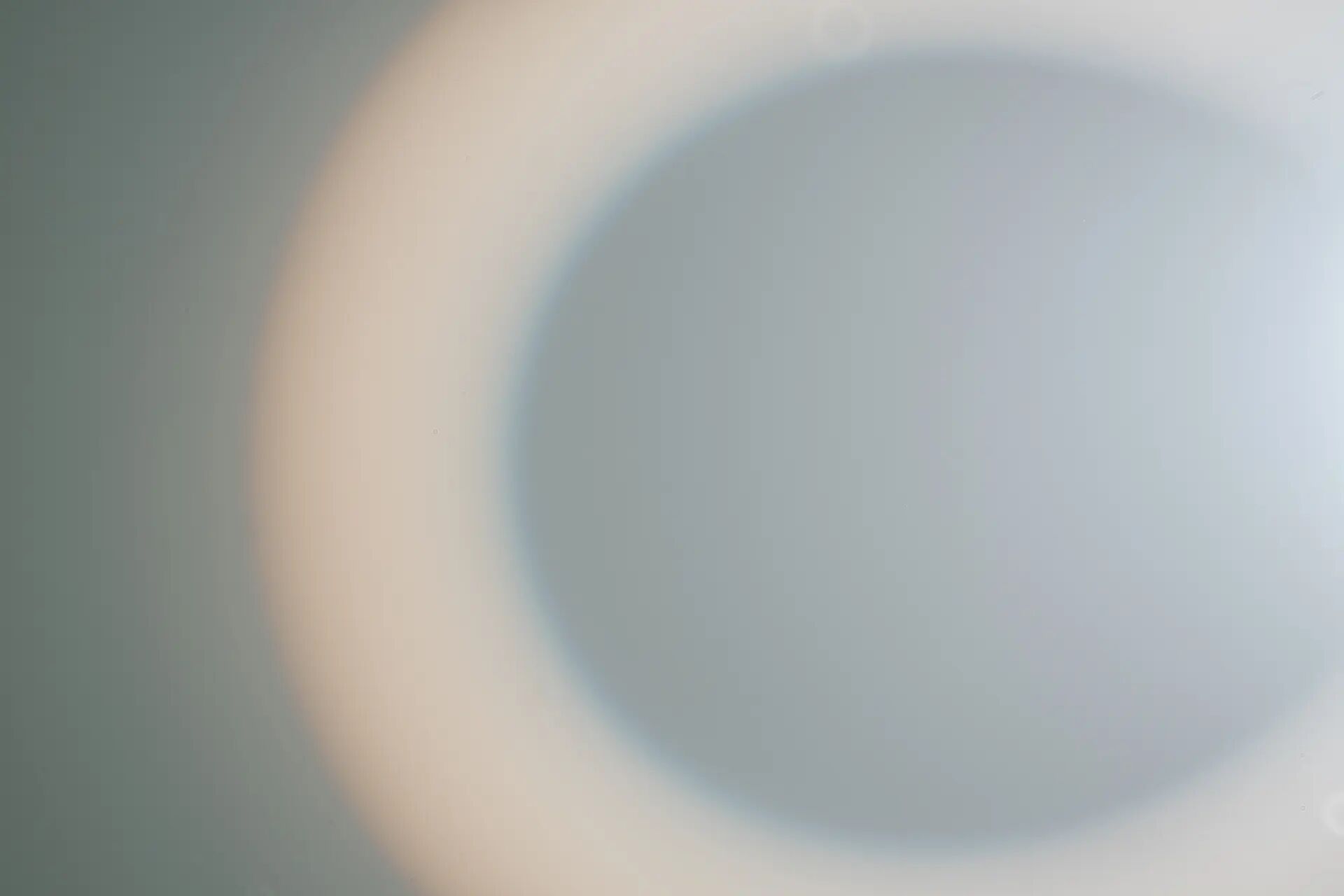


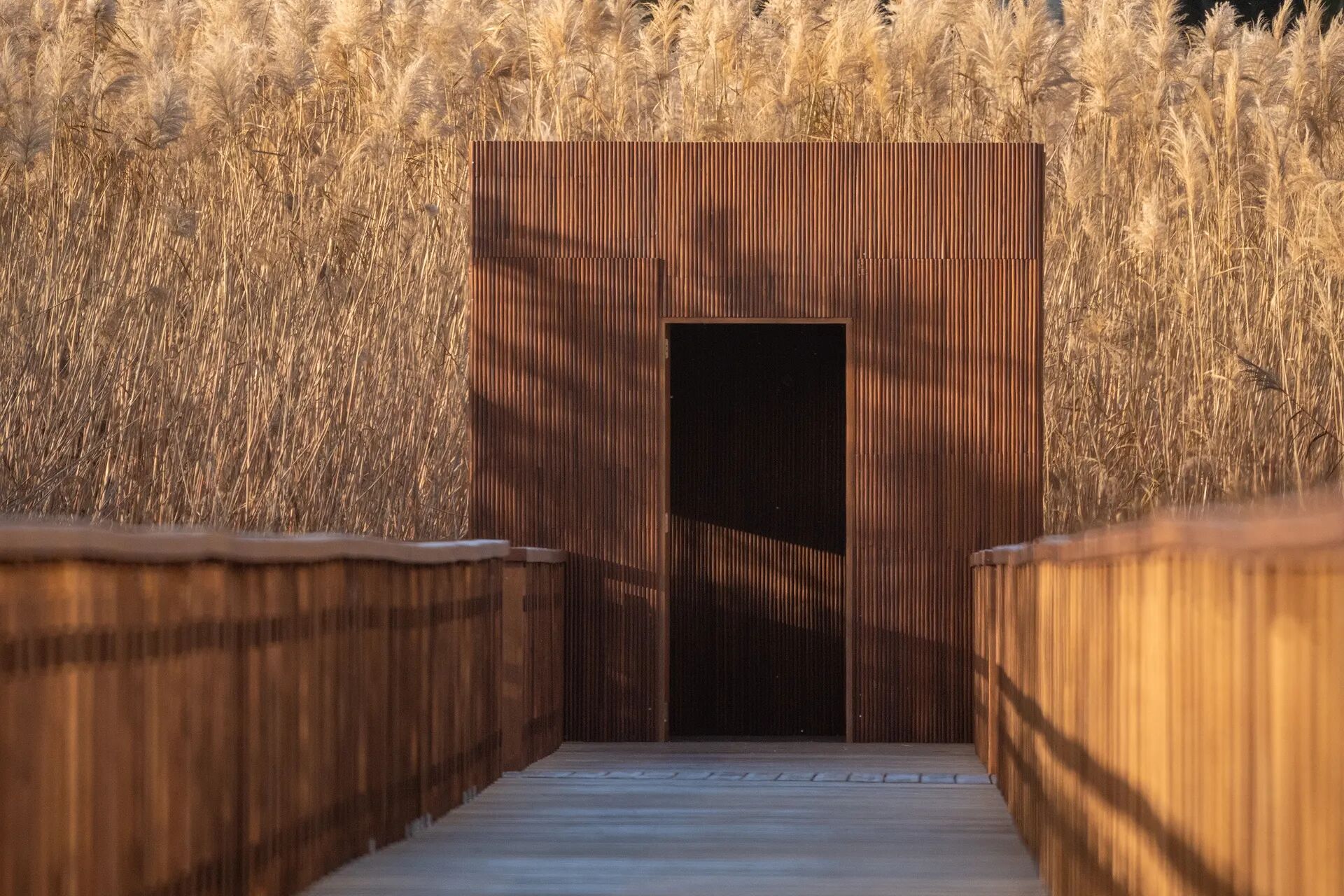

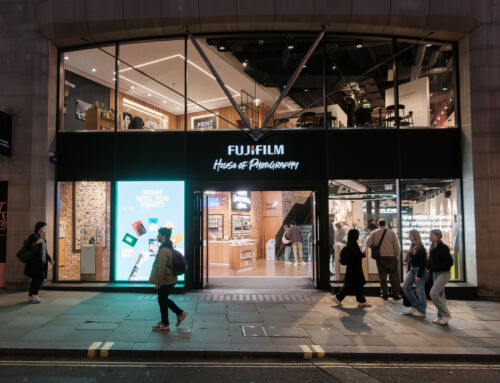



Leave A Comment